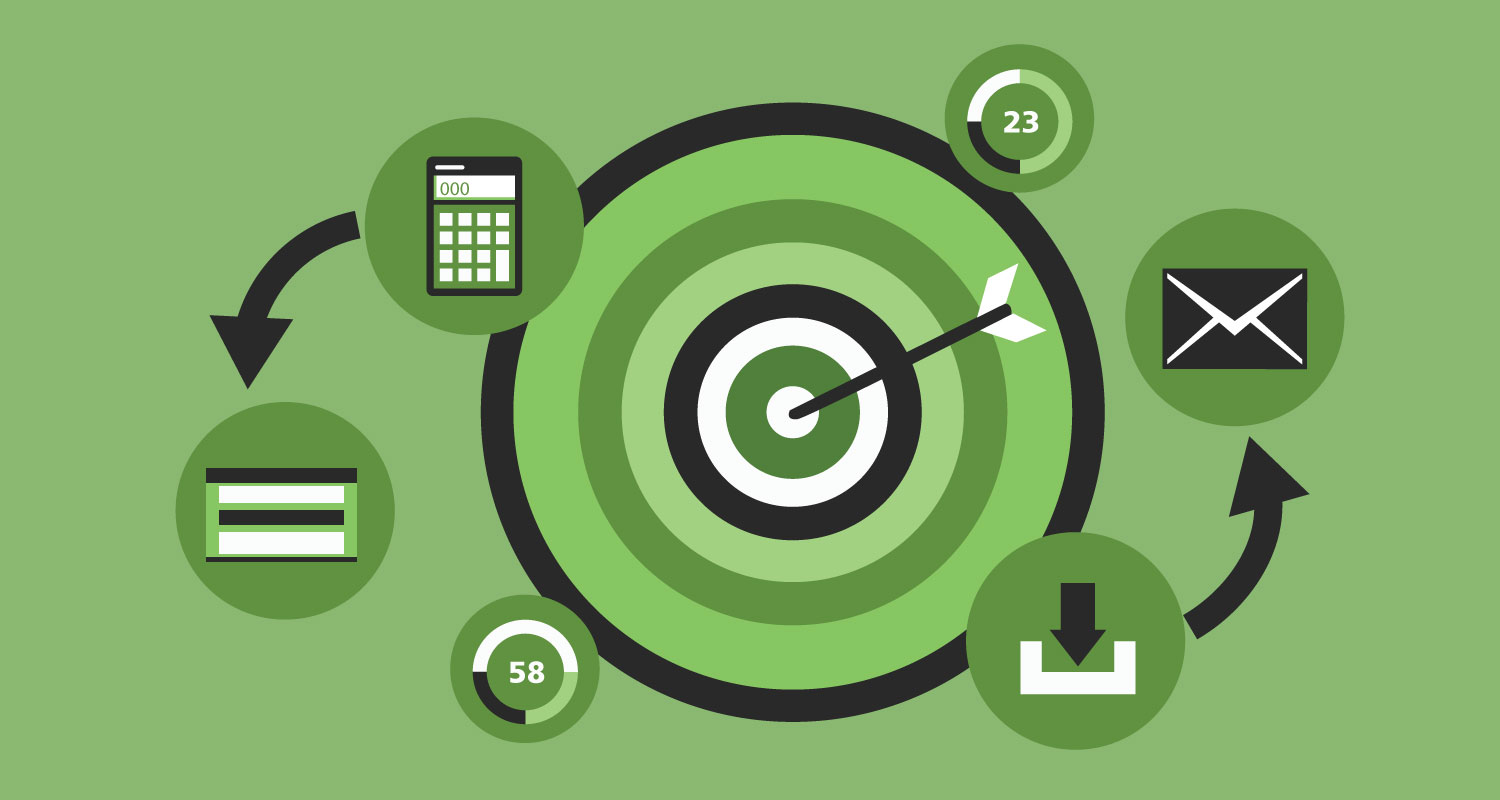With every second that passes, Google fields more than 40,000 fresh search queries, so we’re long past the point of anyone needing to justifying search engine marketing (SEM). If people can’t find you, they can’t work with you, and they can’t buy from you.
A typical SEM strategy will include extensive SEO work to bring in organic traffic and some PPC campaigning to provide a steady traffic baseline, and those things in isolation can yield some respectable results — but adding email marketing to the mix will take things to the next level.
Email marketing, after all, continues to be a remarkably-consistent promotional tool, even in a time of intense competition and near-endless torrents of spam. But how exactly can you fold it into your SEM work and bring all the elements into alignment? Let’s find out.
It can boost SEO-relevant user metrics
No one outside of Google knows exactly how many factors its search algorithm takes into account when determining rankings, but all available evidence suggests that it ranges in the hundreds at the very least. Realistically, taking into account all the possible variations, I’m more inclined to think there are several thousand or more.
Regular SEO work tends to be technical in nature, considering the structure and content of a page as well as any authority signals provided by other sites linking to it. You can expand the content of a page to make it seem more valuable, speed it up to improve usability, polish headings to clarify the sections, or add further keywords to indicate relevance. But user metrics don’t just reflect the quality of page — they also reflect the context.
Here’s an example: suppose that someone happened upon a mediocre product page on a site they’d used before, thought little of it, and quickly left. That would send a negative ranking signal. Then imagine that they’d read about the product in an excellent promotional email the day before. The page would be just as weak, but their perception of it might well be different.
Through great email marketing, you can prime your target audience to be more open to your brand in general, leading to positive secondary effects on your search engine performance.
It can earn you social mentions
Most brand emails don’t stand out, which is a reflection of how challenging it is to get email marketing right, but it’s also an opportunity to do better. If you can really impress people through your email marketing prowess, you can generate social media activity which will spread your brand name and win you some searches from curious browsers.
Not only will people sometimes feel like heading to Twitter to say “Hey everyone, take a look at this great email I got this morning” (not as implausible as you might think — people like to appreciate good design), but you can also provide specific incentives in your emails. You could offer a small discount on something if someone shared your message on Facebook, or provide a button to pin your product on their Pinterest page.
Are you necessarily all that likely to get much traffic from a Pinterest pin? Well, it really depends on the types of product you sell, but even if you don’t get much direct traffic, it will be very useful to have your product within sight across myriad channels.
It can help you gather feedback
The digital world is rich in readily-accessible analytics, and they can give the impression that you can finely-hone a website using nothing but Google Analytics data. You can’t, though. You can see much of what happens and how it transpires, but you can only guess at why. To understand what your analytics data really means, you have to ask the people producing it.
How do you go about this? You can ask your audience through social media, of course. That can certainly be effective. You can also add a form on your website encouraging people to get in touch (rather less likely to prove fruitful). But through email marketing, you can not only provide fully-styled and expansive surveys to the right people but also provide different surveys to different segments of your audience.
Want to know what customers think about a new version of a particular product page? Using email marketing, you can send out a survey to all the people who visited the previous version of the page and placed an order and no one else. How does it compare? Would they be more eager to buy from the new version? Survey data can easily be ruined by insignificant data, and email segmentation lets you cut that out entirely.
It can test potential website changes
Let’s imagine that you’re looking to overhaul some stylistic element of your brand, but your current website performance is strong and you’re concerned about the prospect of making a change that might not perform the way you hope it will. That’s a reasonable concern, particularly if your website has great rankings — just one small update to a site can backfire and end up losing precious ranking positions.
Using your email marketing campaigns, you can extensively A/B test your prospective updates ahead of time. You should be using some email marketing templates that adhere to the same brand guidelines you use for your site, so you can take one email and test the current version against a revised version to see which one works better.
Is it directly analogous? No, of course not. Reading an email is different from browsing a website. But it does give you a useful indication of how your customers might respond to a particular tone or layout element, all without having to risk your broader SEM strategy. Then, when you’ve thoroughly vetted a change in direction, you can push a website update with greatly-diminished risk.
To recap, email marketing can be a very powerful addition to a general SEM campaign through priming people to be more positive about your brand, helping you figure out how to improve your site, and giving you some freedom to experiment creatively with your messages before you reach any conclusions.
If you’re bringing in traffic from search engines, then, make an effort to build up an email list and start sending out high-quality emails. It’ll accomplish a lot more than winning you a few extra conversions!
________
by guest blogger Patrick Foster
Patrick Foster is a passionate content writer for Ecommerce Tips, a high-quality blog covering all the latest and most captivating developments from the intense world of online retail. If you’re interested in ecommerce, be sure to stop by, and check out the Twitter profile @myecommercetips.



